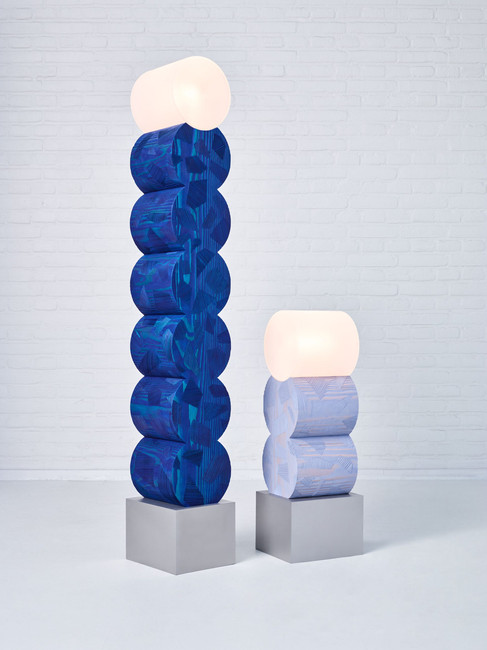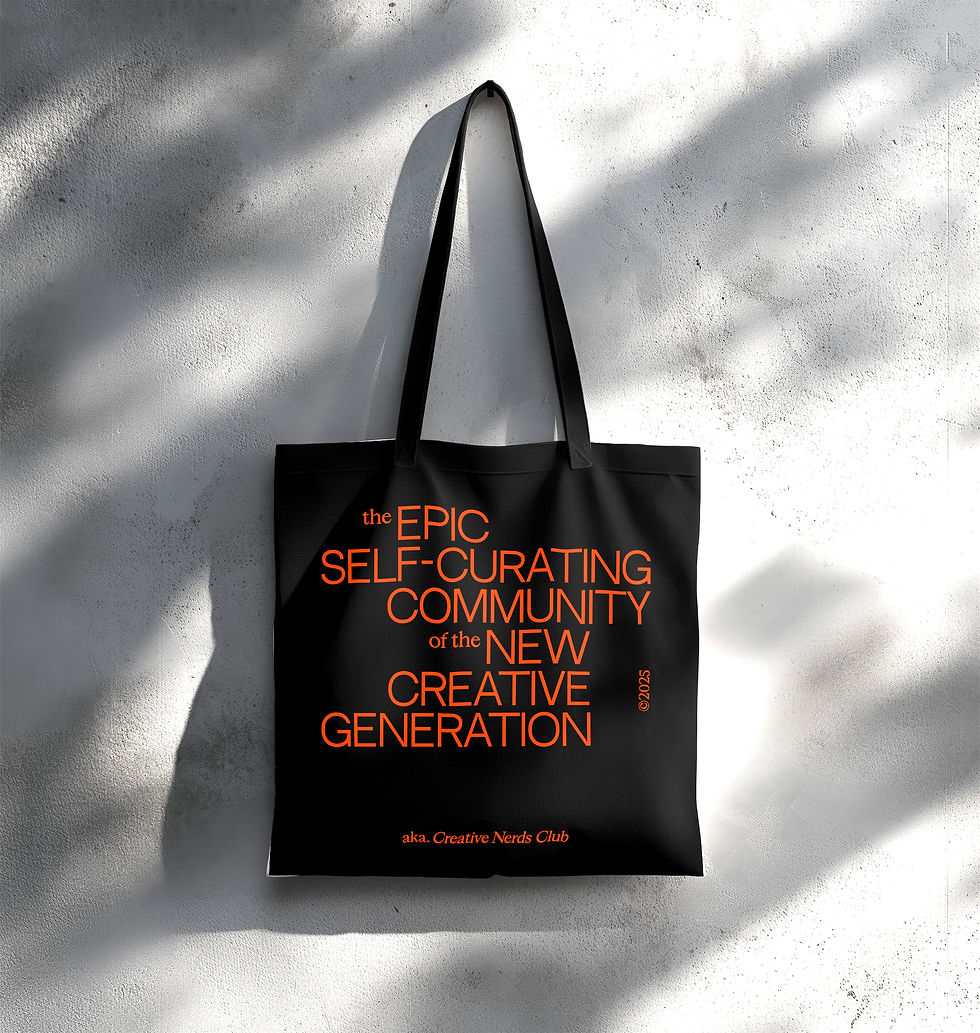DIALOGUE: Ward Wijnant | Contemporary Craftsman
- Onur Çoban

- Jun 9, 2023
- 3 min read

We talked with Ward Wijnant, a multidisciplinary designer whose work is characterized by material experimentation, interpreting the diversity of methods and materials and transforming them into contemporary designs with attention to detail and finish.
Who is Ward Wijnant? Can you tell us a little about yourself?

I’m a designer from Tilburg, the Netherlands. After my studies at the Wood and Furniture College Rotterdam and the Design Academy Eindhoven, I started my own company in 2015. I work with different materials and I’m constantly experimenting with their possibilities. My best-known projects are Twisted (steel), Blend (wood) and Chunk (aluminum foil).
At the Wood and Furniture College, you developed your furniture-making techniques and broad knowledge of materials. How do these experiences provide you with a basis for your contemporary designs?
When I started Design Academy, I was in a real struggle the first year. This was actually caused by the skills gained at my previous studies. At Wood and Furniture College I learned only one way to make something: here’s a technique and it only works this way. At Design Academy, this manner of thinking was a disadvantage. For conceptual thinking, I needed to place myself in different perspectives and look behind the common techniques. In the end, I learned to turn it around and combine the best of both worlds. On the one hand, I have my knowledge of materials and I know the ways how to manufacture them. On the other hand, I know that boundaries can be crossed and possibilities are endless. Finally, my both studies fit perfect together.
Your work is characterized by material experimentation. What kind of excitement or curiosity do you feel when experimenting with a new material? What excites or motivates you the most in this process?
Most of the time my best ideas happen on purpose. I don’t have a real strategy, I just start to play. I want to uncover surprising elements in well-known materials. The moment when I discover a new technique to manipulate the material, is what excites me the most. This is the start of the process from technique to product.
You interpret the diversity of old methods and materials and transform them into contemporary designs emphasizing detail and finish. When interpreting methods and materials from the past, what element of discovery most triggers your creativity or excites you? How does this element inspire you?
In terms of methods, I think that connections and junctions are my greatest field of interest. These are very important in creating a solid object, but most of the time those details are in the background of attention. For example, in my Twisted series, the steel bars create the junctions just by turning around each other. And in the aluminum pieces of Chunk, pressing is the connection itself.

The color palettes you use in your designs are pretty remarkable. Is there an emotional or semantic language that colors express in a design or product for you? Which emotions or messages do you aim to convey by using which colors?
At first, I think colours bring joy. But the most important for me is that the colour influences the material and the final product. For example, the grainstructures in Blend act differently when you apply the coloured oil. The wood ‘decides’ the brightness of the colour. In Chunk, the colours are well chosen in how they reflect (day)light in the best way. Colour has for me an essential role to get the most out of the material.
Which of your works to date excites you the most?
That’s a hard question, it differs in time. In designing, I mostly focus on one large subject, together with some side activities. Sometimes you need a fresh mind and then the subject gets some rest and I go on with another. This means that my series come back to my mind several times, which occasionally leads to new collections. Lately, I work a lot with the Blend material and it crosses my mind regularly. I have a new collection and showed this at PAD Paris. The method is complicated, but its application is very accessible. So there is a lot left to discover.
What do you do for inspiration? Who are the names you follow with curiosity in this field or from different disciplines?
I think inspiration is everywhere, but when I need to come with one example, it would be Ettore Sottsass. He changed design by incorporating round shapes and choosing bold colors like yellow and red. Sottsass’ designs are surprising, colourful and spark joy. Objectives I aim to incorporate in my designs as well.
Are you excited for the future? What are your plans?
I’m happy with what I’m doing right now and think that all of my projects are not finished yet (will they ever, I’m not sure). A solo exposition, where I can create a whole world with one of my series, would be amazing. I also would love to expose at the museum I’ve known since childhood: De Pont in my city Tilburg.













































